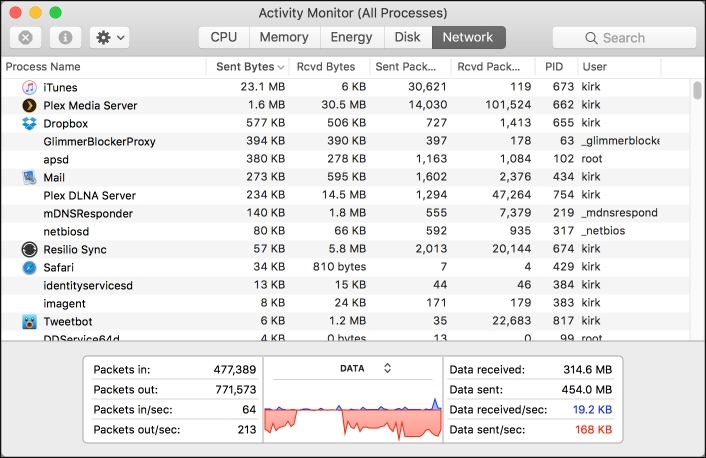

- MACBOOK TASK MANAGER SHORTCUT HOW TO
- MACBOOK TASK MANAGER SHORTCUT MAC OS
- MACBOOK TASK MANAGER SHORTCUT INSTALL
- MACBOOK TASK MANAGER SHORTCUT FREE
- MACBOOK TASK MANAGER SHORTCUT WINDOWS
RELATED: Mac OS X: Change Which Apps Start Automatically at Login

MACBOOK TASK MANAGER SHORTCUT HOW TO
You can close applications from here, too–just select an application in the list, click the “X” button at the top-left corner of the toolbar, and select “Quit” to close the application normally or “Force Quit” if it isn’t responding.įor more info on how to read all the information in Activity Monitor, check out our guide.

The CPU, Memory, Energy, Disk, and Network tabs all show how much resources all the processes on your computer are using in total. Overall system resource statistics also appear here. From the “View” menu, you can select which processes you want to see–just your user account’s processes, or every running process on the system. You can view information about their CPU, memory, energy, disk, or network usage–click a tab at the top of the window to choose which. This window displays a list of your running applications and other processes. Or, open the Applications folder in the Finder, double-click the “Utilities” folder, and double-click “Activity Monitor.” To access it, press Command+Space to open Spotlight search, type “Activity monitor,” and press Enter. To access those other features, you’ll need to use the Activity Monitor. However, it doesn’t allow you to see how much CPU or memory different applications are using, get an overview of your system’s overall resource usage, or other statistics like Windows’ Task Manager does. The Force Quit dialog takes care of closing misbehaving or frozen applications. RELATED: How to Troubleshoot Your Mac With Activity Monitor How to View More Information With Activity Monitor If an application isn’t responding and you click the red “Close” button on its title bar several times, you may also see a prompt window asking if you want to force-quit the application. (You can also press and hold the Option key and then right-click an application’s icon on your dock.) Select the “Force Quit” option that appears to forcibly quit an application. For example, you can press and hold the Option and Ctrl keys and click an application’s icon on your dock. There are also other ways to force quit a misbehaving application. Click the “Force Quit” button and your Mac will forcibly close that application. Scroll down in the list and select the misbehaving application you want to close. To open the Task Manager, press Ctrl + Alt + Delete, then click the “Task Manager” button.You can also open the Force Quit dialog by clicking the Apple menu on your menu bar and selecting “Force Quit.” If you have an issue with the Start Menu, the first thing you can try to do is restart the “Windows Explorer” process in the Task Manager. What to do when Start button is not working?
MACBOOK TASK MANAGER SHORTCUT WINDOWS
Or, press the Windows logo key on your keyboard. To open the Start menu, click the Start button in the lower-left corner of your screen. Starting with Windows 2000, Microsoft no longer includes QBasic with their operating systems, but still makes it available for use on newer versions of Windows. x, and, without EDIT, in Windows 95, Windows 98 and Windows Me. When you press it, FMSLogo runs the EDALLBTN command, which, by default, is equivalent to EDALL.
MACBOOK TASK MANAGER SHORTCUT FREE
The free version of the Logomakr service allows you to choose from thousands of stock icons and use hundreds of available fonts.īy default, pressing the Edall button opens the contents of the entire workspace (all unburied procedures, variables, and property lists) in the Editor. Branding success is just a few clicks away. 11 Places to Create Your Perfect Logo–for Free.Psssssst : How to get an older version of garageband? It also supports a windows interface, so input/output (I/O) is available through this GUI, and keyboard and mouse events can trigger interrupts. People ask also, what is the use of MSWLogo? MSWLogo supports multiple turtle graphics, 3D computer graphics, and allows input from ports COM and LPT. In this regard, how do I put a logo on my laptop? Double-click on the Logo icon in that little window to open MSW Logo. Open the program group or folder and there’s Logo in its own little window.
MACBOOK TASK MANAGER SHORTCUT INSTALL
Similarly, how do I open a MSW icon on my laptop? When you install MSW Logo, Windows puts it in its own program group or folder.


 0 kommentar(er)
0 kommentar(er)
